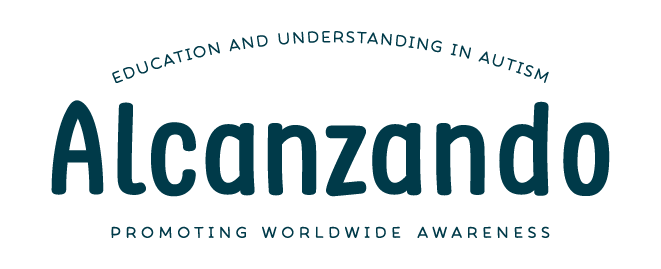
21 Dec Enhancing Communication in Children with Autism Through Telehealth
In recent years, the diagnosis of Autism Spectrum Disorder (ASD) has significantly increased, currently affecting 1 in 36 children in the United States. This rise has intensified the need for specialized services to support individuals with ASD. However, access to evidence-based interventions remains limited, particularly in rural or underserved areas where the lack of specialists and long waiting lists make timely support difficult to obtain. In response to these challenges, telehealth has emerged as a promising tool, enabling professionals to deliver interventions remotely using communication technology. Already established in various medical and psychological fields, telehealth is proving effective for ASD interventions, achieving progress in communication skills and other critical areas of child development.
As a professional working with children with ASD, you play a crucial role in facilitating access to effective interventions for families in underserved areas. Telehealth services offer a practical and innovative alternative, allowing personalized interventions based on Applied Behavior Analysis (ABA) principles. Below, we explore how you can leverage telehealth to support these families.
Teaching Functional Communication
Telehealth allows professionals to identify a child’s unique communication challenges within their natural environment—usually their home. Each session can focus on evidence-based practices proven to enhance communication and social skills. Professionals can implement strategies that encourage verbal requests or gestures adapted to the child’s interests, fostering engagement and skill development within their daily routines.
Reinforcing Skills in Daily Life
Guiding families to apply effective reinforcement techniques is key to successful intervention. Parents and caregivers can learn how to integrate these strategies into their routines. For example, if a child uses a word or gesture to request something, immediate positive reinforcement can strengthen that behavior. This consistency outside formal sessions is essential for learning and reflects the positive impact of caregiver involvement on a child’s progress.
Creating a Comfortable Learning Space
Children often respond better when they feel at ease. Practicing communication skills at home can reduce anxiety and encourage participation. Familiar surroundings can help the child feel more comfortable expressing themselves, which leads to greater engagement in behavioral interventions and promotes skill development.
Continuous Monitoring and Adjustment
Regular telehealth sessions provide ongoing opportunities to monitor a child’s progress. Research highlights the effectiveness of various interventions, and telehealth enables professionals to provide immediate feedback and adapt strategies to meet the child’s needs. This ensures the approach remains effective and responsive to the child’s development.
By utilizing telehealth services to enhance communication skills, you can offer invaluable support to families in underserved areas. These strategies provide opportunities to improve communication skills in children with autism through a supportive, effective, and innovative approach, empowering families to be an integral part of their child’s developmental journey.
Source
de Nocker, Y.L., Toolan, C.K. Using Telehealth to Provide Interventions for Children with ASD: a Systematic Review. Rev J Autism Dev Disord 10, 82–112 (2023). https://doi.org/10.1007/s40489-021-00278-3

Sorry, the comment form is closed at this time.